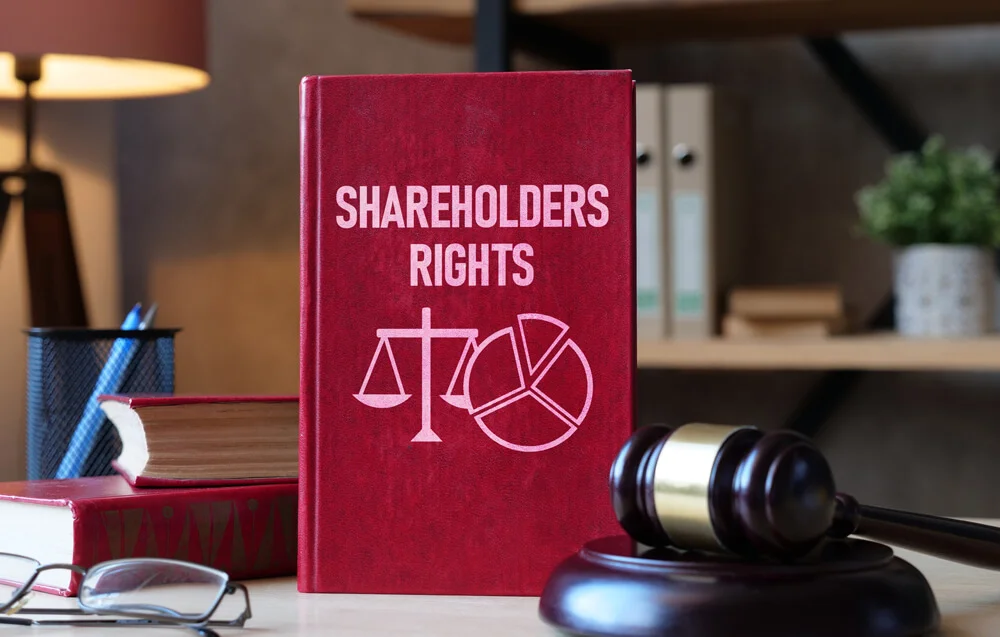The more official term is “shareholder rights plan,” but a poison pill sounds more like something from WWII; and such an analogy is accurate because a poison pill, embedded within a company’s bylaws and created by its board of directors, is a tactic specifically designed to either prevent a hostile takeover or, at the very least, make the hostile takeover exceptionally difficult to accomplish.
Think of it like choosing to blow up your own bridges so that the enemy either does not gain access to your ammunition depot or be required to spend considerably more time and effort than initially planned just to get across the river. More time and energy spent means the company under attack has more time and energy to devote toward planning on how to respond.
BRIEF HISTORY OF THE SHAREHOLDER RIGHTS PLAN
Originating in the 1980s, a poison pill plan was designed to force those companies considering a hostile takeover against another company to negotiate with the board of directors instead of the shareholders. Traditionally, if a prospective buyer (or bidder) acquires some particular percentage of the target company’s stock without the board of director’s approval, the poison pill operates to allow shareholders of the company to purchase the company’s stock at a deeply discounted price. As described above, carrying out a shareholder rights plan gives the target company time to respond to the acquiring company. This may entail acquiring leverage in order to negotiate with the acquiring company or continuing to dilute the shares until the acquiring company becomes persuaded to have a conversation with the target company.
THE DIFFERENT FORMS OF A POISON PILL
There are three main types of poison pills, but they all generally work like this: Give the shareholders a really, really good deal for the company’s stock, thus greatly benefiting the shareholders. This resulting dilution of stock should ultimately render the stock useless to the hopeful-acquiring company.
1. FLIP-IN
This type of poison pill allows the shareholders to buy stock at a discount. For example, the poison pill provision may allow stock to be purchased by shareholders (excluding the acquiring company) at a 50% discount. Suddenly, if you are a shareholder, you will likely purchase a lot of the company’s stock at that 50% discount and then immediately sell it, thus experiencing a gain. This type of provision will ultimately dilute the stock and the diluted stock will be more expensive for the acquiring company, thus making the takeover more difficult than without the provision.
2. FLIP-OVER
This type of poison pill is much more common than its brother above. This poison pill provision directs attention to the acquirer’s stock, specifically post-merger or post-acquisition. For example, the poison pill provision may provide that shareholders have the right to purchase the acquiring company’s stock in the company at a half off. The goal is to dilute the acquirer’s equity interest in the company since the acquirer company is not allowed to participate in this discounted rate. Rooted in the bylaws of the acquired company itself, this type of provision must be accepted by the acquiring company if it truly wants to acquire the new company.
3. FLIP-OVER/FLIP-IN HYBRID
As the name implies, the flip-over/flip-in hybrid operates under both schemes. The flip-over portion of the poison pill dilutes the acquiring company’s “existing shareholders’ interests in the merged company.” The flip-over portion works to deter an acquiring company from attempting to “acquire a majority control through a tender offer and then to remove minority shareholders.” The flip-in portion of the poison pill triggers at an earlier point in the acquiring company’s attack, thereby resulting in a dilution of the acquiring stock and making the intended acquisition unnecessarily expensive.” You could say the flip-in serves as the first wall of defense, making the acquiring company’s attack needlessly expensive while the flip-over portion is the second wall of defense, hopefully stopping the acquiring company altogether.
CONCLUSION
The poison pill is like an emergency kit in the back of your car. You hope to never use it, but if the time comes when it’s necessary, you will surely be glad it’s there. The poison pill or shareholder rights plan is a valuable tool. If you have any more questions about how to ensure you have a formidable poison pill plan in your company’s bylaws, be sure to contact the business lawyers at VLF.

